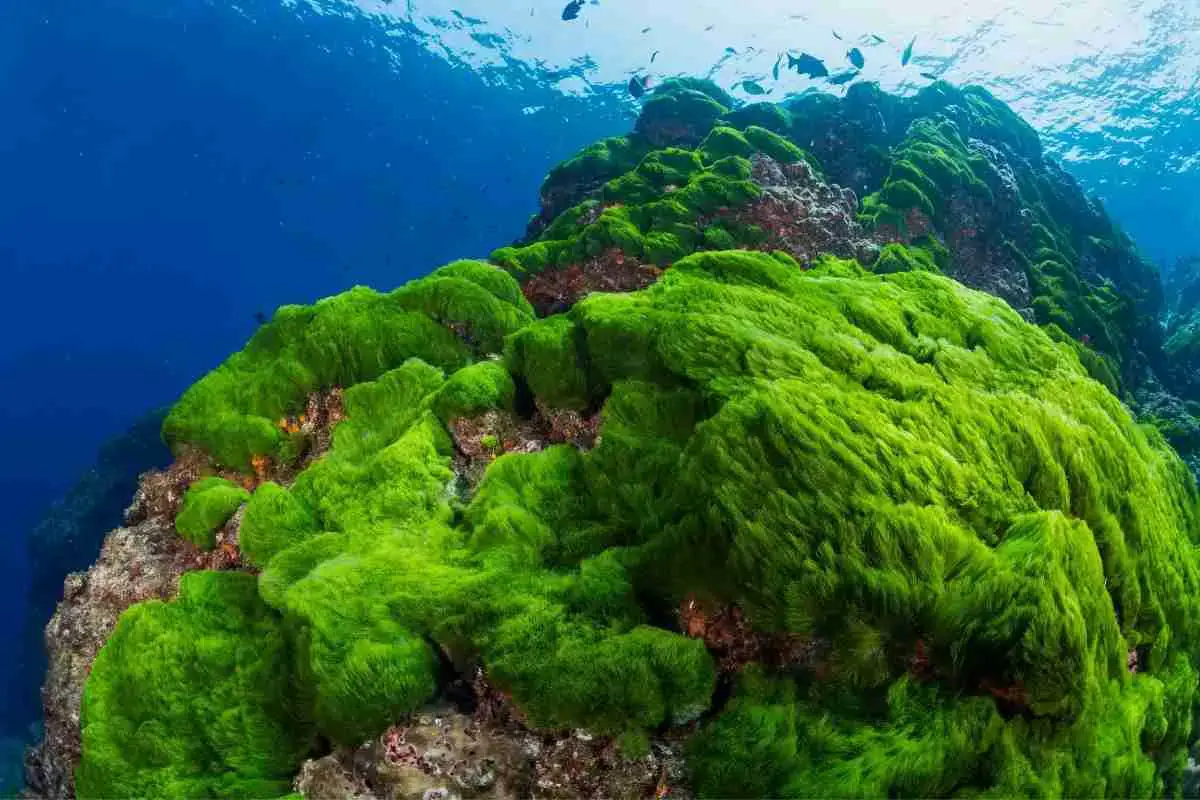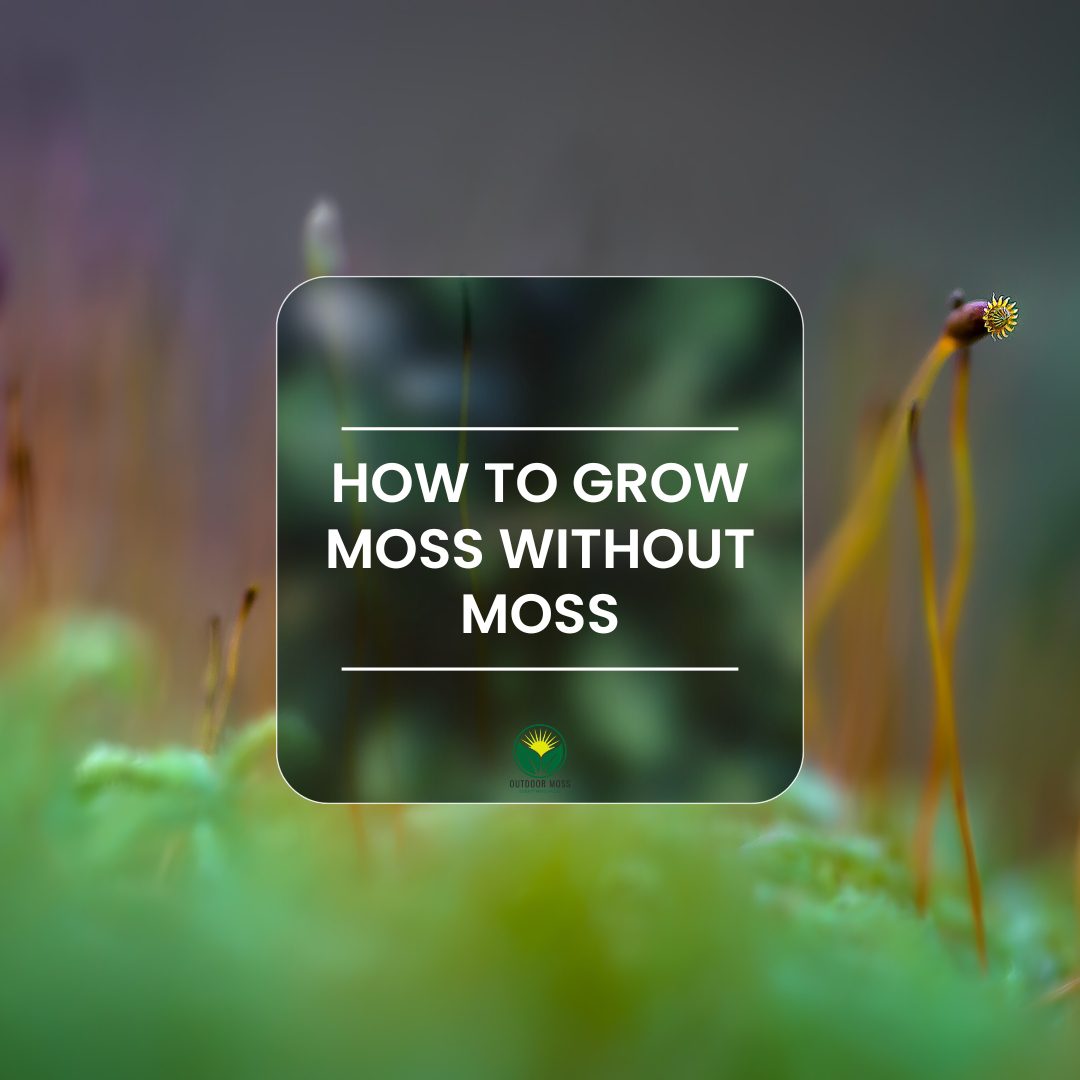
How to grow moss without moss. And why you’d rather not
Read more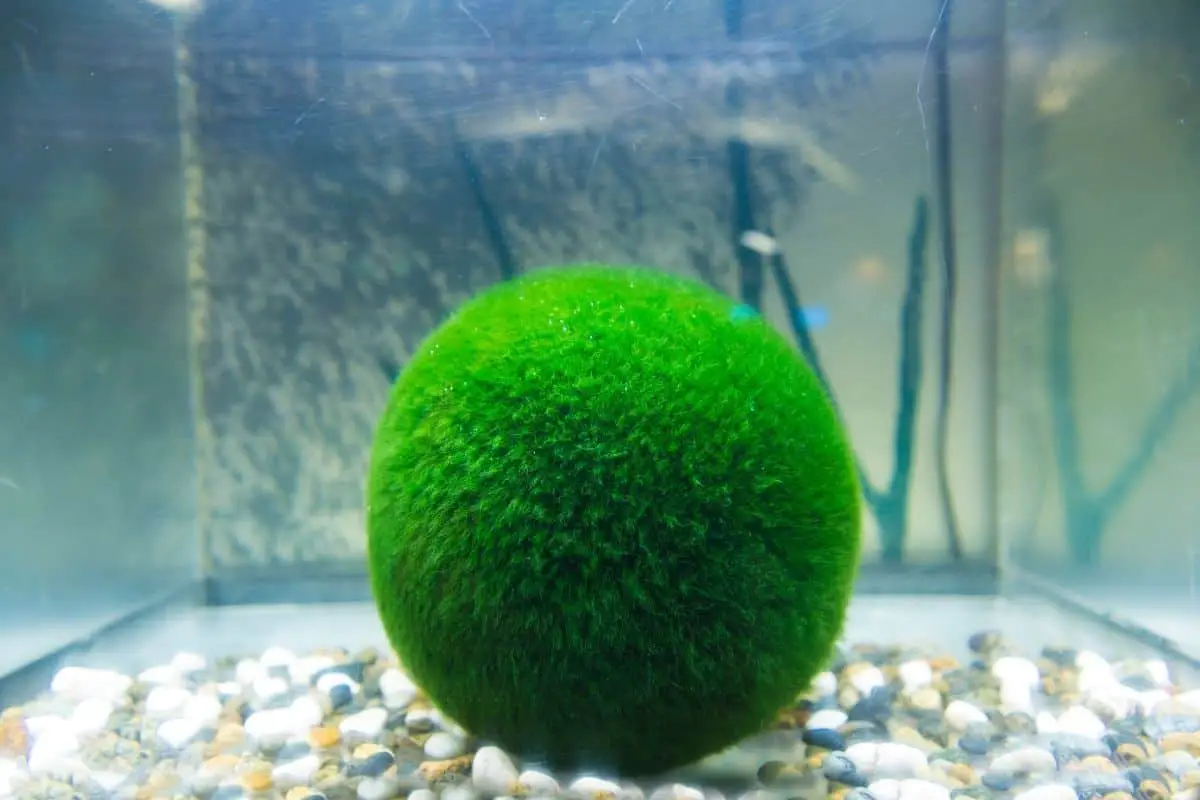
Do Moss Balls Need Food? Moss Ball Care!
Read more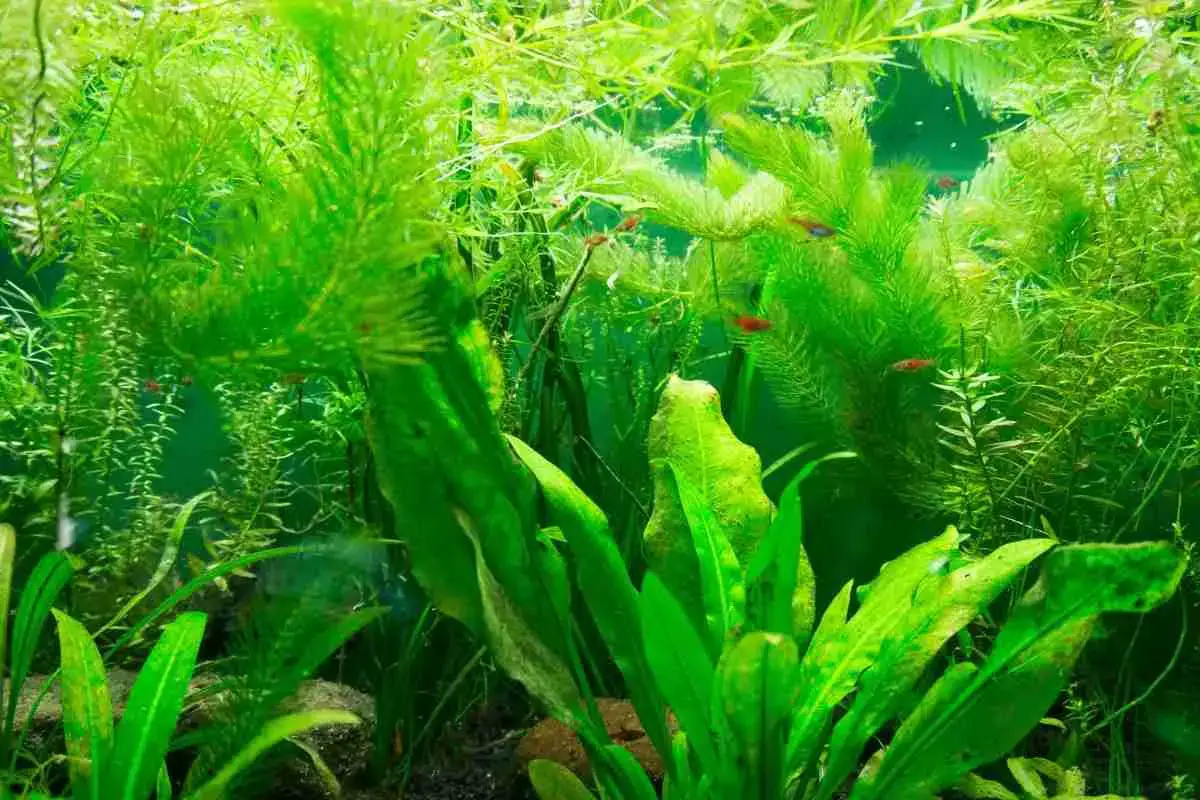
5 Simple Methods To Promote Algae Growth!
Read more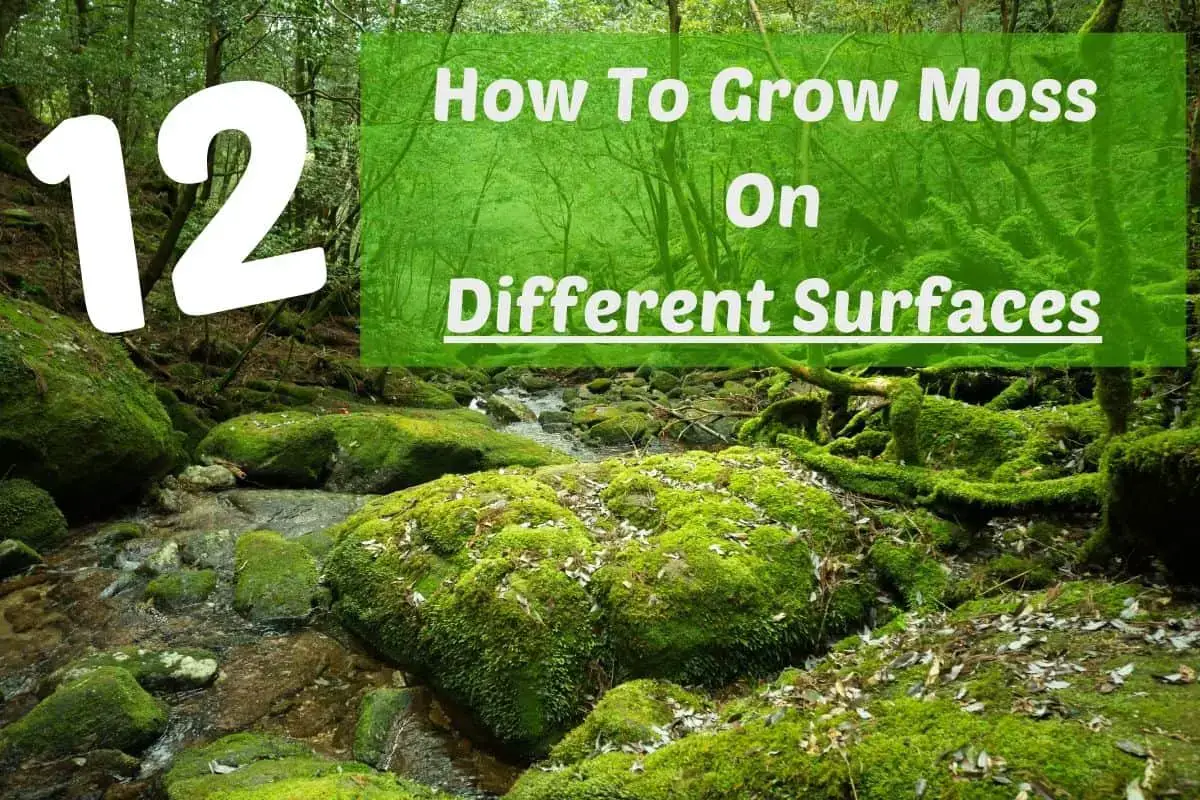
How To Grow Moss On 12 Different Surfaces Step By Step
Read more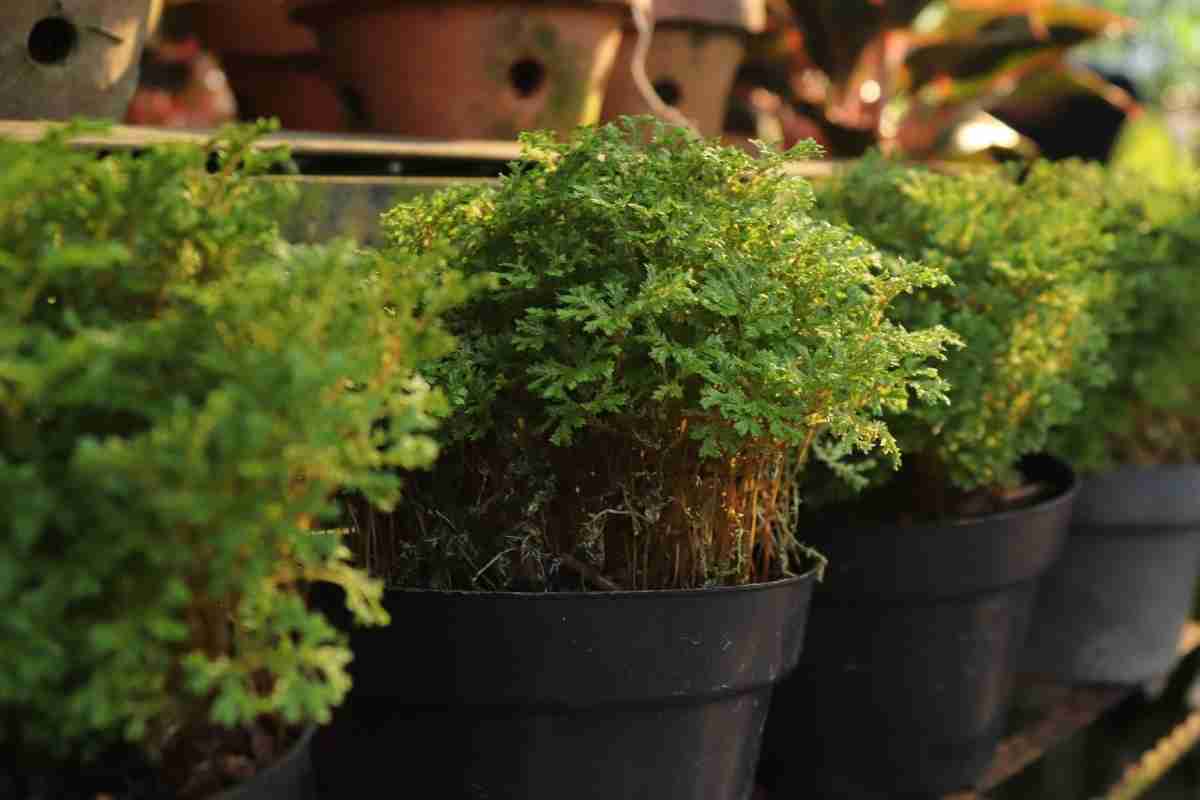
Is Moss Good For Plants? (Indoor & Outdoor Plants)
Read more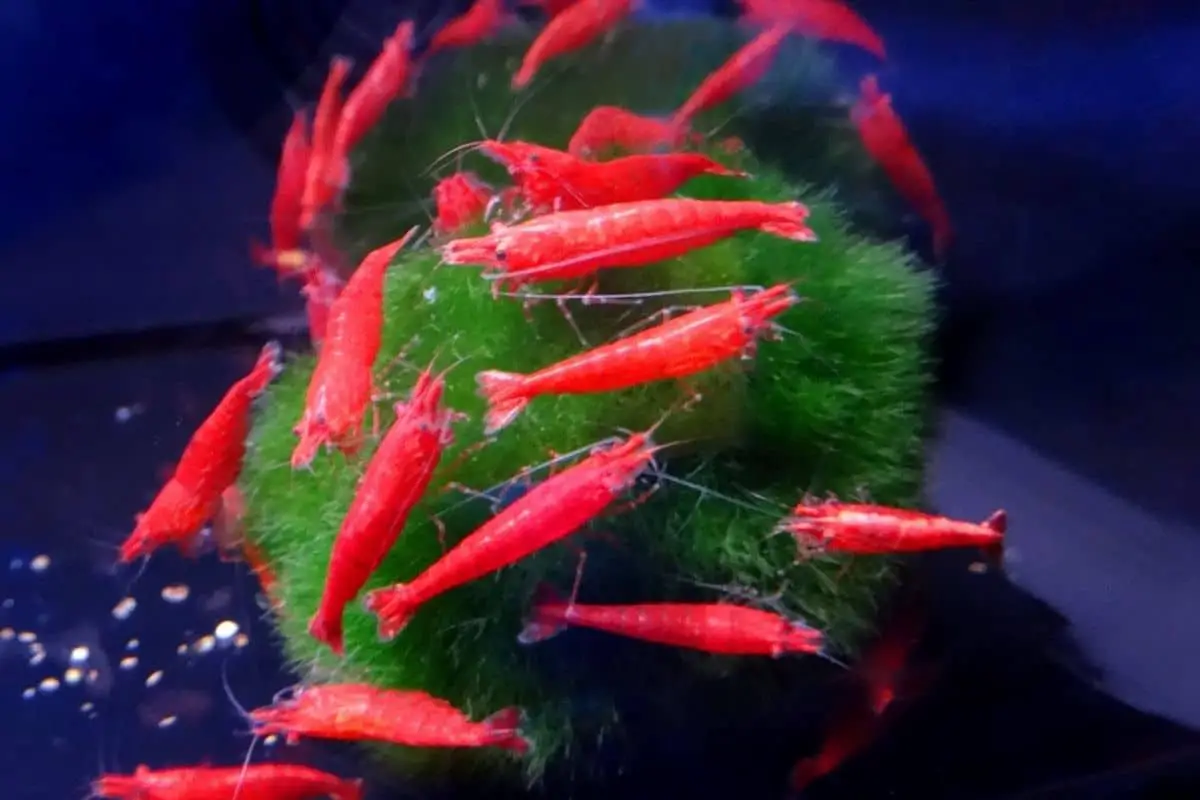
How Long Do Moss Balls Last In A Fish Tank?
Read more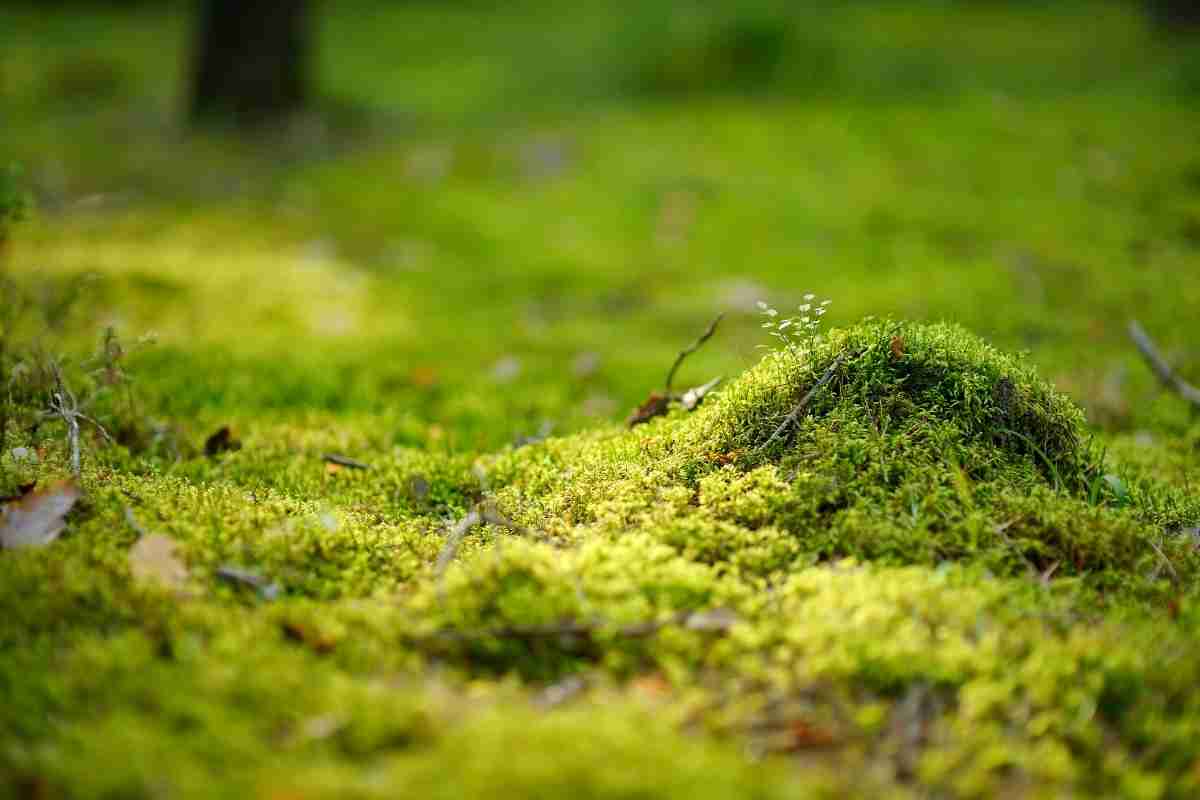
How Fast Does Moss Grow? Detailed Guide
Read more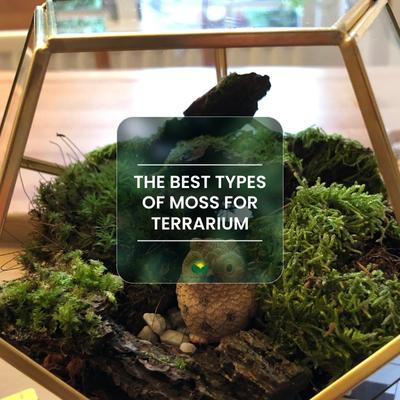
The best types of Moss for Terrarium. How to Choose, Grow and Care
Read more
Is Moss Edible? Top 5 Edible Mosses
Read more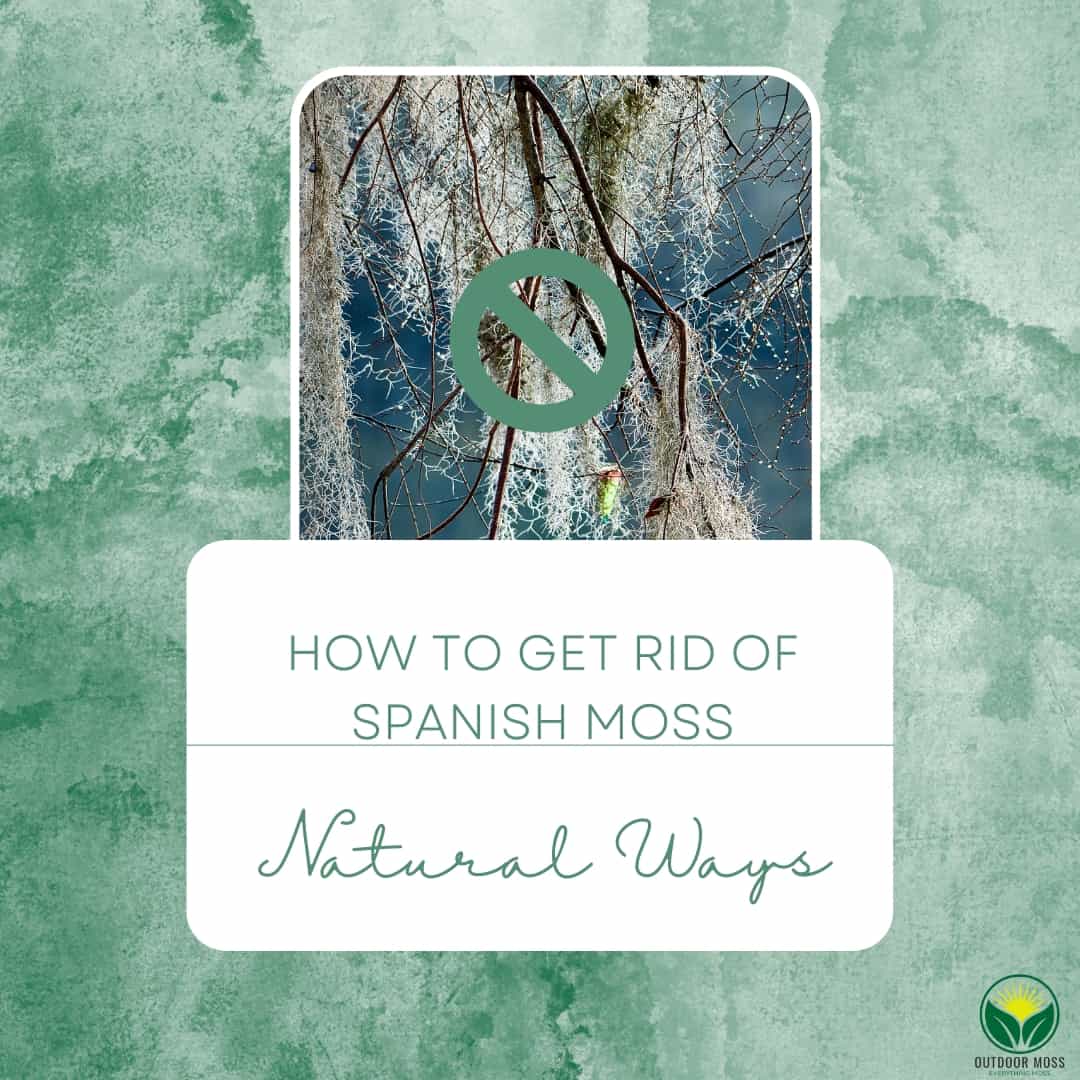
How to get rid of Spanish moss. The natural way to remove Spanish Moss
Read more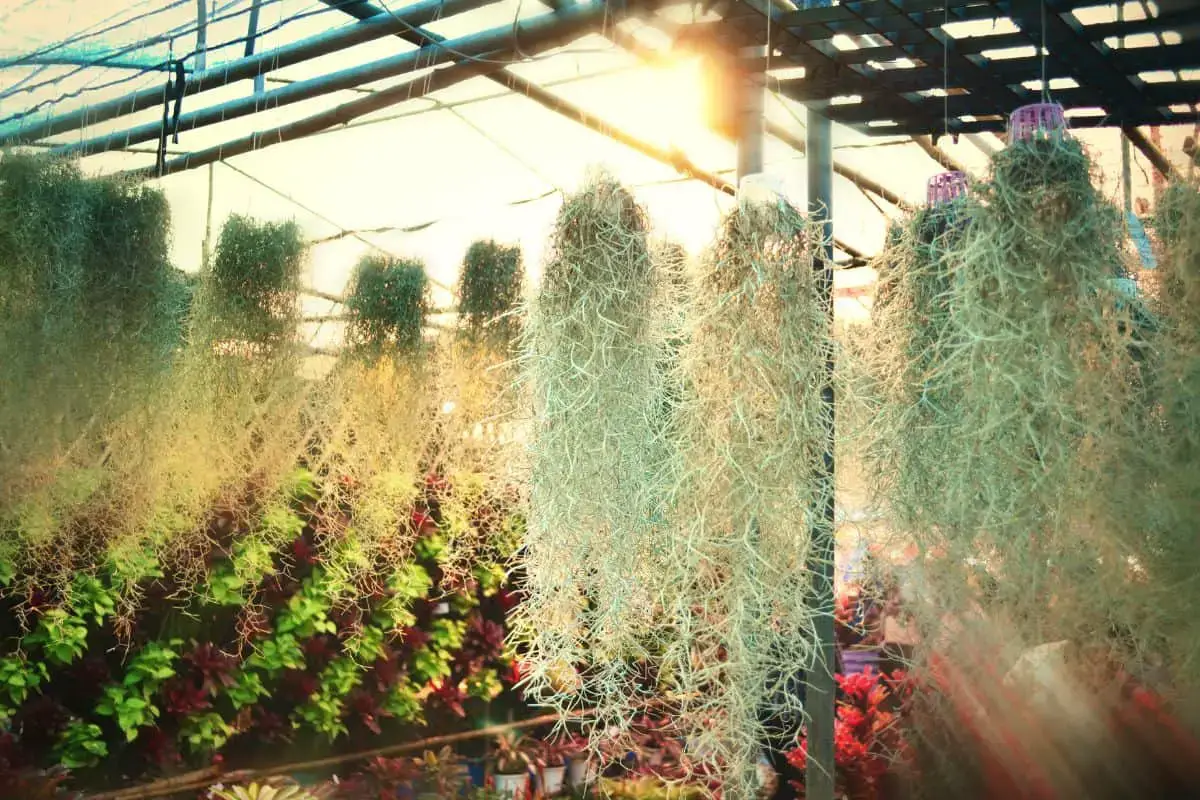
Is Your Spanish Moss Turning Brown? Here’s Why!
Read more